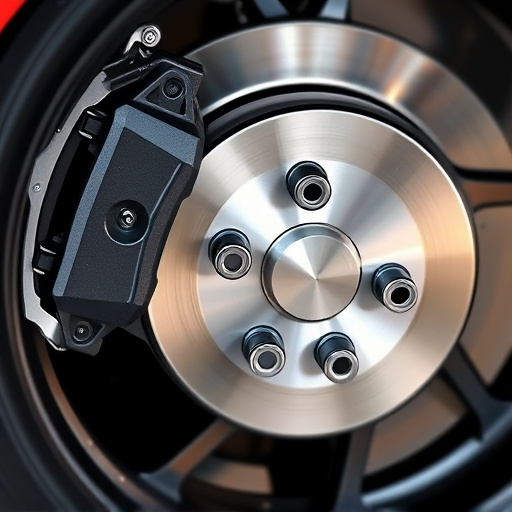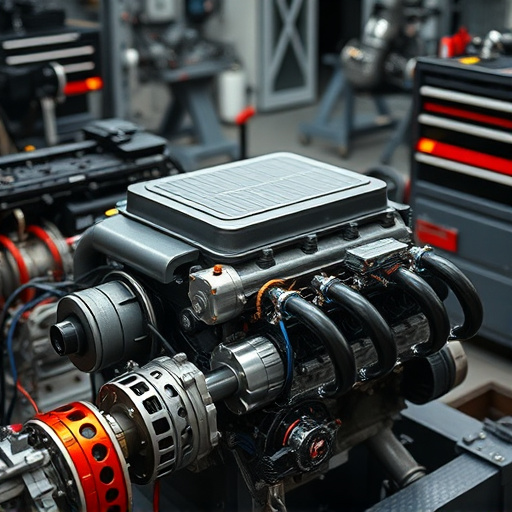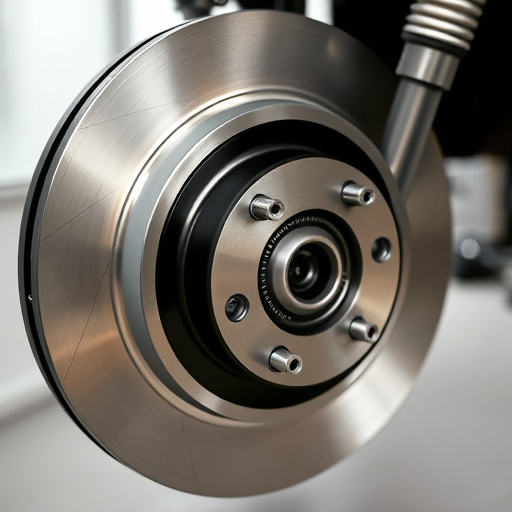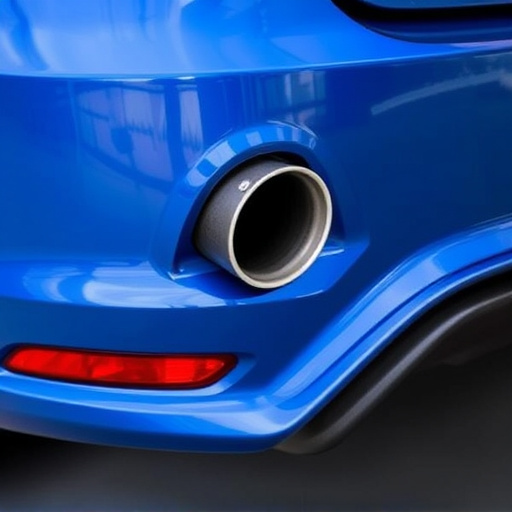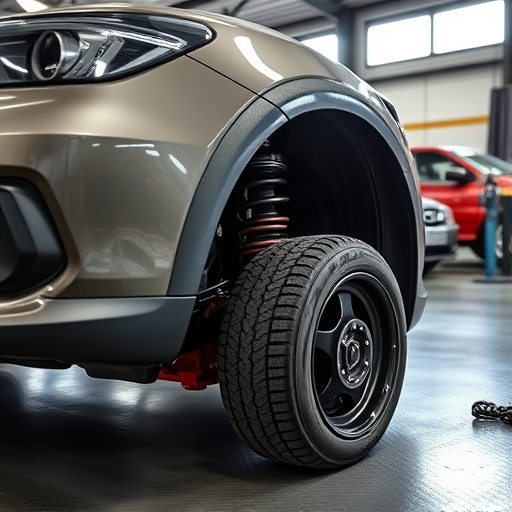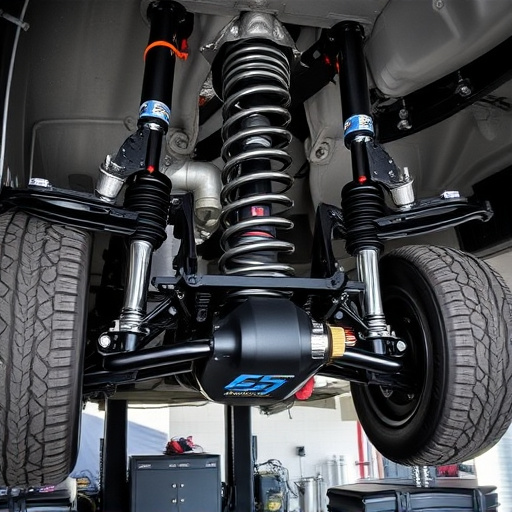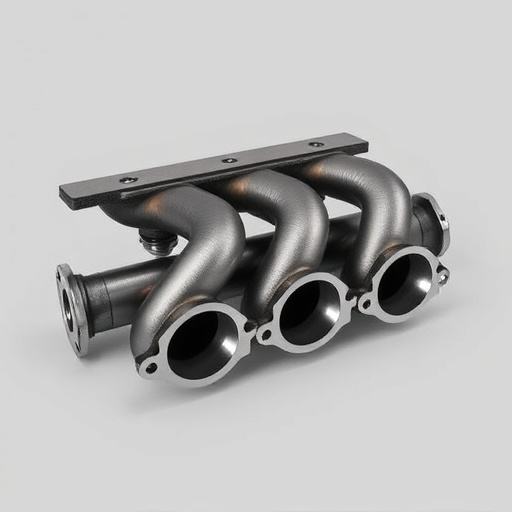A poorly functioning air intake installation can harm your engine, so look for signs like clogged filters, unusual noises, or decreased power/fuel efficiency. Upgrading to a new air intake installation improves airflow, boosting engine performance and fuel economy, especially in harsh conditions or high-mileage vehicles. Regularly inspect your aftermarket system for wear, contamination, or damage, consulting a professional mechanic if needed to maintain optimal vehicle condition.
“Discover when it’s time to say goodbye to your aftermarket air intake installation. This guide explores the signs that indicate a replacement is necessary, highlighting improved performance and efficiency as key benefits. Learn about navigating a potential upgrade, from identifying issues to consulting professionals for seamless results. Optimize your vehicle’s breathing with insights on when to replace your air intake installation, ensuring peak engine health.”
- Signs Your Air Intake Installation Needs Replacement
- Understanding the Benefits of Upgrading to a New System
- When to Consult a Professional for an Aftermarket Upgrade
Signs Your Air Intake Installation Needs Replacement
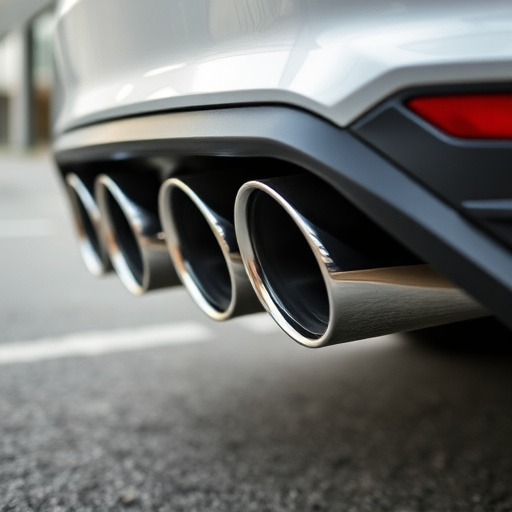
If your vehicle’s air intake installation is no longer functioning optimally, it could be causing more harm than good to your engine. Here are some signs that indicate it’s time for a replacement. One of the first things to check is the condition of your performance air filters. Over time, these can become clogged and restrict airflow, leading to reduced engine performance and efficiency. If cleaning or replacing them doesn’t improve things, it might be an indication that the entire air intake installation needs attention.
Another red flag is unusual noises coming from the engine bay. A poorly sealing or damaged air intake system may cause whining, humming, or even a rasping sound, especially during acceleration. Moreover, if you’ve recently installed a performance exhaust system and noticed a decrease in power or fuel efficiency, it could be due to an incompatible or inadequate air intake installation. Regular maintenance includes checking for cracks, damage, or loose connections that can disrupt airflow and compromise the overall health of your engine.
Understanding the Benefits of Upgrading to a New System
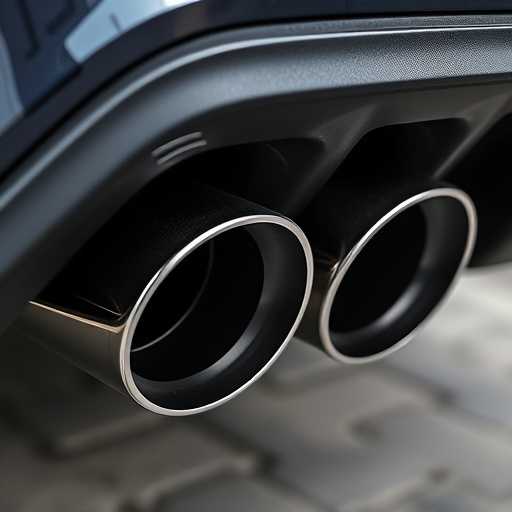
Upgrading to a new air intake installation offers numerous advantages for vehicle owners looking to enhance their ride’s performance. Not only does it provide better airflow, which can significantly boost engine power and efficiency, but it also contributes to improved fuel economy. Modern systems are designed with advanced materials that ensure optimal air filtration, allowing clean and cool air to reach the engine. This is particularly beneficial for vehicles used in harsh conditions or those with higher mileage, as it reduces wear and tear on essential components like brake rotors and muffler tips.
Additionally, a high-quality air intake installation can transform your vehicle’s overall performance. By ensuring that your engine receives the perfect mix of air and fuel, you’ll notice improved acceleration and smoother idling. This upgrade is especially appealing to car enthusiasts who want to unlock their vehicles’ full potential without sacrificing reliability.
When to Consult a Professional for an Aftermarket Upgrade
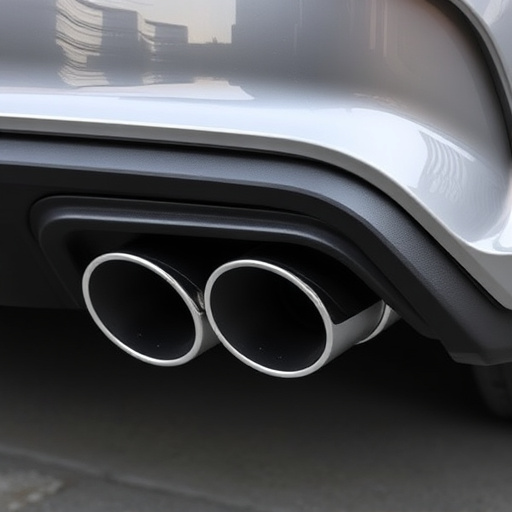
If you’ve installed an aftermarket air intake system and are considering an upgrade, it’s crucial to assess its overall condition and performance. Over time, even high-quality air intakes can become contaminated with dirt, debris, or moisture, leading to reduced airflow and potential damage to your engine. Look for signs such as cracked or damaged components, clogged filters, or unusual noises during acceleration, which might indicate the need for a replacement.
In complex cases or if you’re unsure about the extent of wear and tear, consulting a professional mechanic is wise. They can inspect not just the air intake installation but also other critical components like brake pads and performance brakes to ensure your vehicle remains in top shape. Additionally, they can offer expert advice tailored to your specific setup, ensuring any upgrades are compatible with your engine and driving style.
Knowing when to replace your aftermarket air intake installation is crucial for maintaining optimal engine performance. By understanding the signs of wear and benefits of an upgrade, you can ensure your vehicle breathes efficiently. Whether it’s improved fuel efficiency, enhanced power output, or better cooling, a new air intake system can make a significant difference. Remember, consulting a professional for an aftermarket upgrade is essential to ensure proper installation and maximize the benefits. Regularly monitoring your air intake installation and staying informed about maintenance needs will contribute to a smoother, more powerful driving experience.








